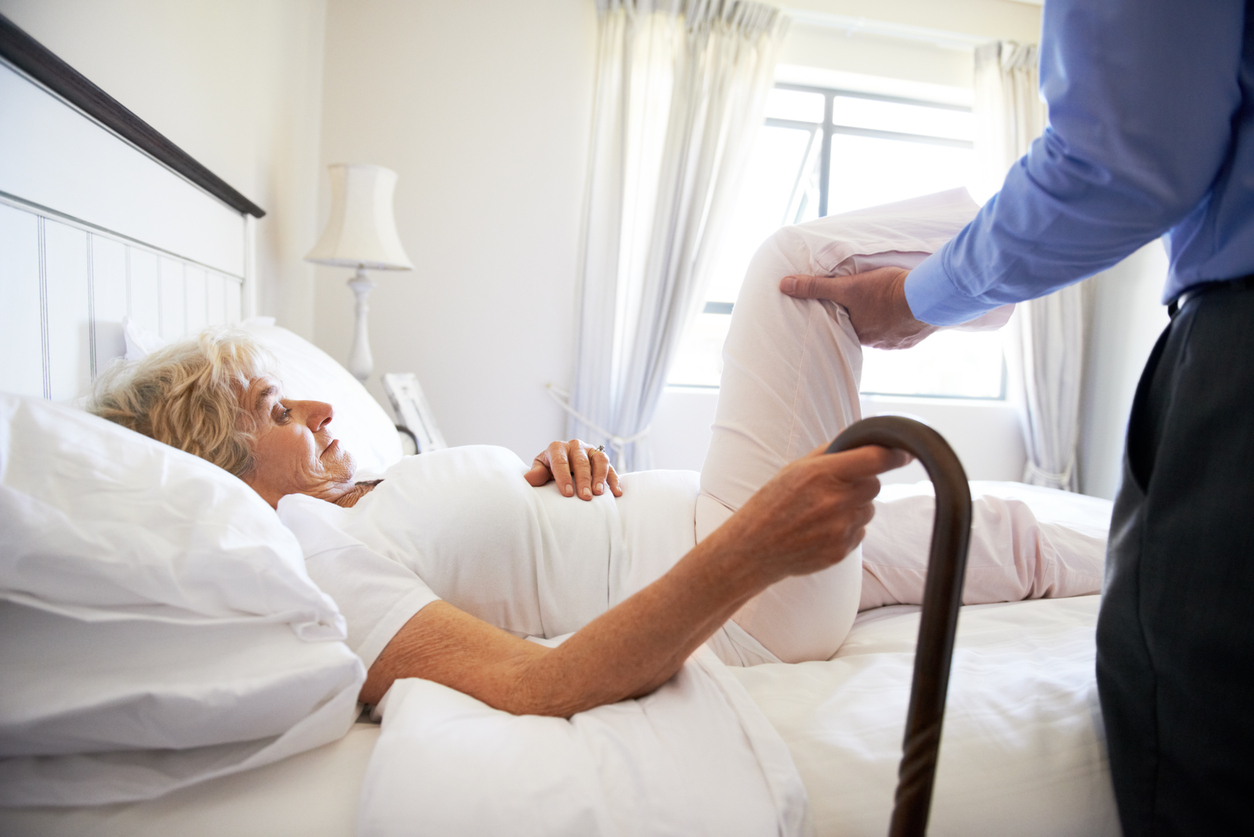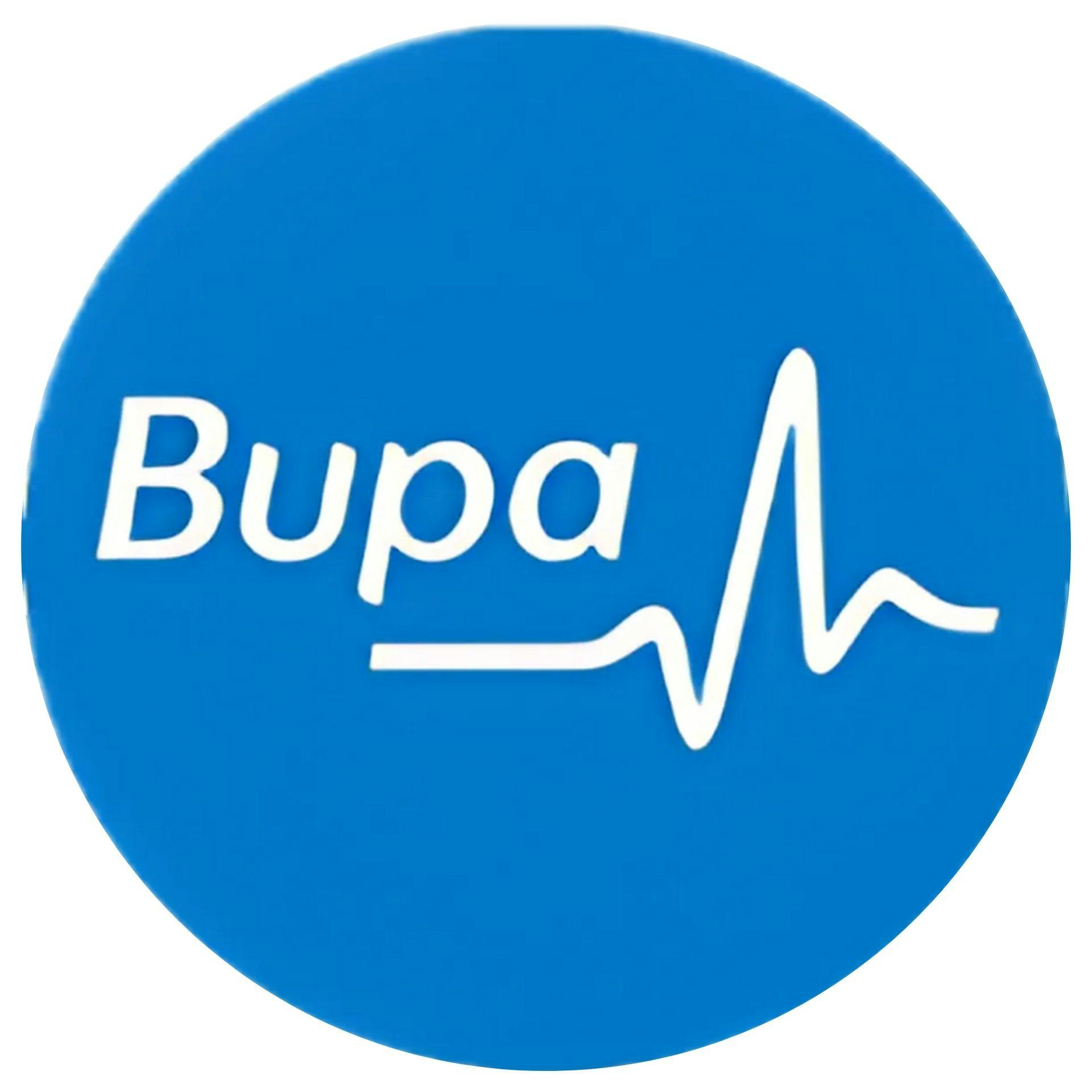Restoring You to YouSchedule Your Consultation Today
Contact Us
Hip replacement surgery is highly effective at relieving chronic pain, but managing pain in the hours and days after surgery is just as important for recovery. Today’s approach to postoperative pain control goes far beyond simply prescribing strong medications. Instead, a modern, multimodal pain management strategy is used to minimise side effects, improve comfort, and support early mobility. In this article, we’ll explore how pain is managed after hip replacement surgery and how patients can benefit from these evidence-based strategies.
Why Is Postoperative Pain Control So Important?
Effective pain management isn’t just about comfort—it plays a crucial role in the overall recovery process.
Benefits of good pain control include:
- Earlier mobilisation
- Lower risk of complications like blood clots or chest infections
- Faster return to normal activities
- Reduced risk of chronic pain
The Multimodal Approach to Pain Management
Modern pain control uses a combination of different medications and techniques. This is called multimodal analgesia, and it targets pain from multiple angles while reducing reliance on opioids.
Key components include:
- Paracetamol and anti-inflammatories (NSAIDs)
- Local anaesthetics (injected during surgery)
- Regional nerve blocks
- Opioids (used sparingly)
- Ice therapy and physical positioning

Regional Anaesthesia and Nerve Blocks
Many hip replacements are performed under spinal anaesthesia rather than general anaesthetic, which leads to less nausea and quicker recovery.
Some patients also receive nerve blocks, such as:
- Fascia iliaca block
- PENG block (Pericapsular Nerve Group)
These provide targeted pain relief to the hip and surrounding muscles for several hours post-surgery.

Local Infiltration Analgesia (LIA)
Surgeons often inject a combination of local anaesthetics, adrenaline, and anti-inflammatories directly into the tissues around the hip joint during surgery. This technique is known as local infiltration analgesia.
Advantages include:
- Immediate and sustained pain relief
- Reduced need for systemic medications
- Promotes early mobilisation
Reducing Opioid Use and Its Side Effects
Opioids (like morphine or codeine) are powerful but come with side effects:
- Nausea
- Constipation
- Drowsiness
- Risk of dependence
By combining other medications and techniques, opioid use can be minimised or avoided entirely, especially in day-case surgery.
The Role of Ice, Movement, and Positioning
Non-drug strategies also play a valuable role:
- Ice packs reduce swelling and local pain
- Positioning with pillows can relieve tension on the joint
- Gentle early movement encourages circulation and reduces stiffness
Patients are encouraged to walk with assistance on the same day as surgery, which not only supports healing but reduces the need for high-dose painkillers.
What Patients Can Expect
Immediately after surgery:
- Nerve blocks and local anaesthesia will keep pain low
- You’ll be encouraged to move your legs and stand (with help)
At home (first few days):
- Regular use of paracetamol and anti-inflammatories
- Ice therapy several times daily
- Clear guidance on when to take additional pain relief if needed

Tailoring Pain Control to the Individual
Everyone’s pain experience is different, and the best pain management plans are personalised.
Factors considered include:
- Age and health conditions
- Medication tolerance
- Anxiety levels or fear of movement
- Previous experiences with pain or opioids
Communication with your care team is key. Don’t hesitate to report pain that feels too strong or side effects that are bothersome.
Conclusion
Optimising pain management after hip replacement is about more than medication. By combining medications, regional techniques, and physical strategies, patients can recover more comfortably and more quickly. This modern, balanced approach reduces opioid use, shortens hospital stays, and empowers patients to take an active role in their healing.
If you're preparing for hip surgery, talk to your team about the pain control methods that will be used, and how you can participate in your own comfort and recovery.







